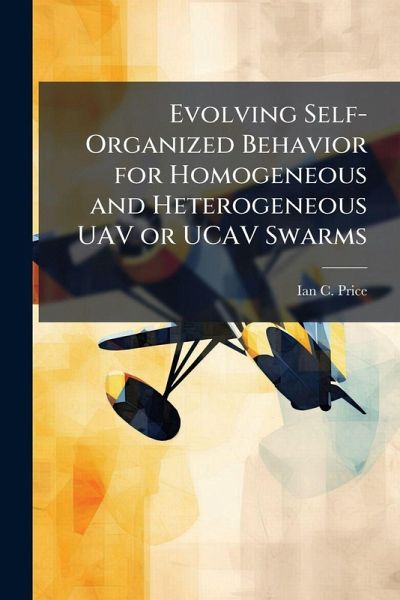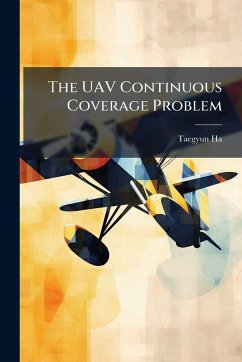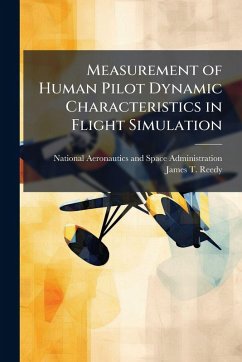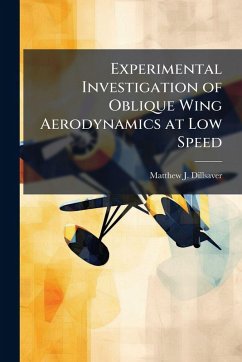
Evolving Self-Organized Behavior for Homogeneous and Heterogeneous UAV or UCAV Swarms
Versandkostenfrei!
Versandfertig in über 4 Wochen
20,99 €
inkl. MwSt.
Weitere Ausgaben:

PAYBACK Punkte
10 °P sammeln!
This research designs an off-line evolutionary system to create multi-UAV behavior capable of searching for and attacking targets. The design for this behav- ior system assumes the UAVs have no apriori knowledge about undetected targets, UAVs, or the environment. In addition, the system does not rely upon global com- munications. WIth regard to the behavior design and approach, self-organization is a potential solution since exemplar systems relying upon it tend to be exceptionally robust, scaleable, and -exible. The UAV behavior, evolved with a genetic algorithm, relies upon a behavior archet...
This research designs an off-line evolutionary system to create multi-UAV behavior capable of searching for and attacking targets. The design for this behav- ior system assumes the UAVs have no apriori knowledge about undetected targets, UAVs, or the environment. In addition, the system does not rely upon global com- munications. WIth regard to the behavior design and approach, self-organization is a potential solution since exemplar systems relying upon it tend to be exceptionally robust, scaleable, and -exible. The UAV behavior, evolved with a genetic algorithm, relies upon a behavior archetype architecture. This design allows the system to evolve a small set of behaviors that are selected based upon particular sense inputs to the UAVs. The sense inputs summarize observable characteristics of each UAVs environmental representation such as the density of sensed UAVs and a simple target associated pheromone. This work has been selected by scholars as being culturally important, and is part of the knowledge base of civilization as we know it. This work was reproduced from the original artifact, and remains as true to the original work as possible. Therefore, you will see the original copyright references, library stamps (as most of these works have been housed in our most important libraries around the world), and other notations in the work. This work is in the public domain in the United States of America, and possibly other nations. Within the United States, you may freely copy and distribute this work, as no entity (individual or corporate) has a copyright on the body of the work. As a reproduction of a historical artifact, this work may contain missing or blurred pages, poor pictures, errant marks, etc. Scholars believe, and we concur, that this work is important enough to be preserved, reproduced, and made generally available to the public. We appreciate your support of the preservation process, and thank you for being an important part of keeping this knowledge alive and relevant.












